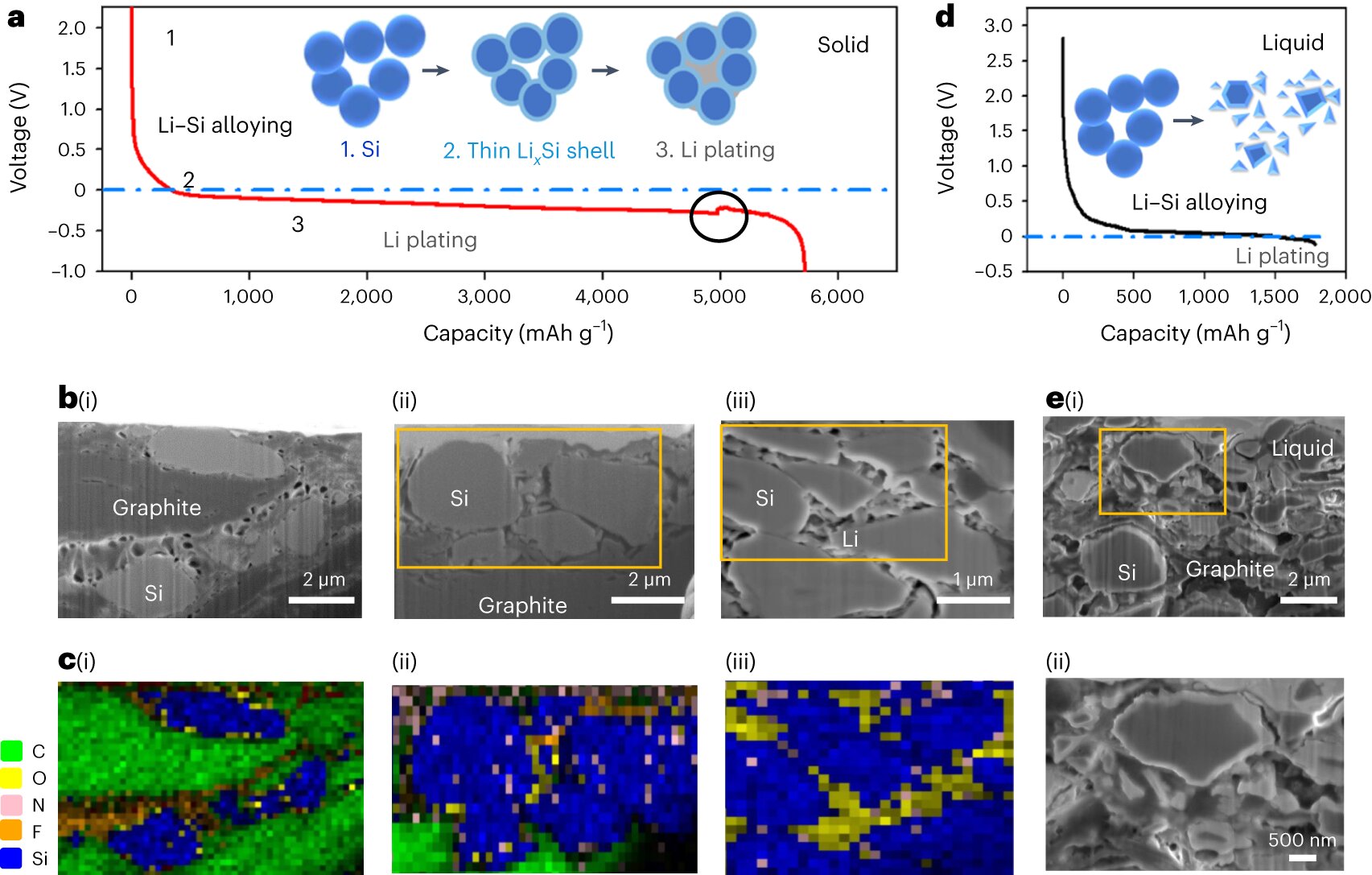Solid state battery design charges in minutes, lasts for thousands of cycles::Researchers from the Harvard John A. Paulson School of Engineering and Applied Sciences (SEAS) have developed a new lithium metal battery that can be charged and discharged at least 6,000 times—more than any other pouch …



Ok, so we’re onto capacitors and fuel cells now. Here we go with my mental image of those.
On the pros side, capacitors can charge/discharge in an instant, have nearly perfect energy recovery (almost everything you put in comes back out), and have almost limitless charging cycles with no memory effects or any of that nonsense. On the cons side, even a supercapacitor can’t match battery tech for energy storage density and they tend to be not so great for long-term electrical storage.
Fuel cells are sort of the opposite. Once you’ve sorted out the challenges in producing/storing/transporting hydrogen (these are all non-trivial but not necessarily deal-breakers either?), you’re looking at essentially limitless storage duration since it’s, well, a fuel. Like you can stockpile it for next year. The energy density is enviably high, though with pure hydrogen, you’re doing better by weight than by volume. In any case though, it’s looking pretty good compared to batteries.
But pulling the energy out of them in a timely manner is a major pain. You need either a chemical or thermal catalyst to speed it along for most applications. And the chemical of choice is platinum, which is not exactly abundant. If you wanted a fuel cell in every car, is there even enough on Earth for that? I’m not so sure.
Also, I have read impurities in the fuel can really mess up this type of fuel cell. The thermal type is purportedly more forgiving in this respect, though I picture thermal fuel cells as these hulking things that would work best as stationary power plants? Well, maybe they would be a good fit for large ships? It’s hard to picture some giant container vessel plying the oceans on battery power, at any rate.